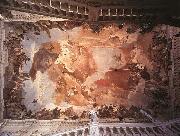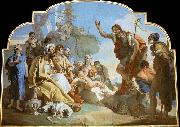
huile sur la toile, vraie saveur de vieux maîtres.
|
|
|||
|
Giovanni Battista Tiepolo
|
|||
| Italian Rococo Era Painter, 1696-1770 | |||
|
|
|||

| |||
|
|
|||
|
|
|||

| |||
|
|
|||
|
|
|||

| |||
|
|
|||
|
|
|||

| |||
|
|
|||
|
|
|||

| |||
|
|
|||
|
|
|||
| Artiste précédent Artiste prochain | |||









